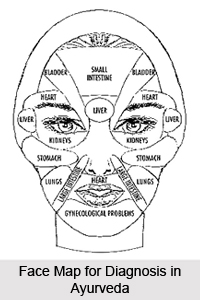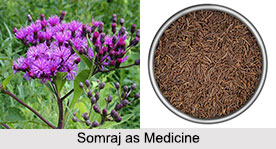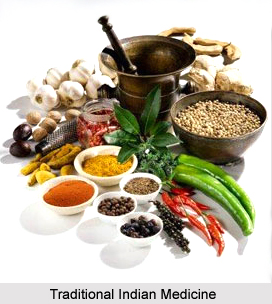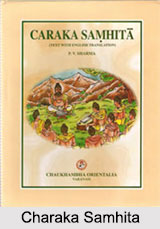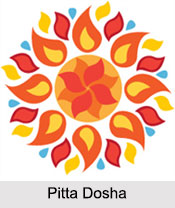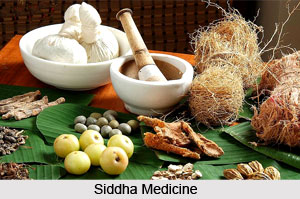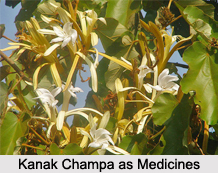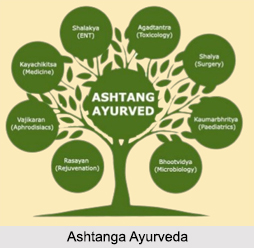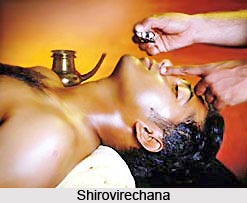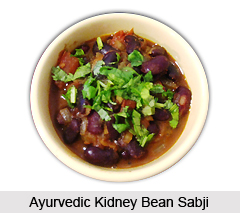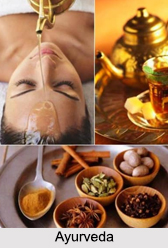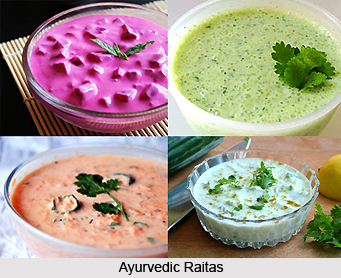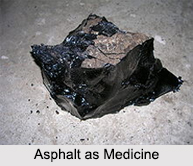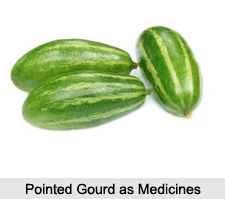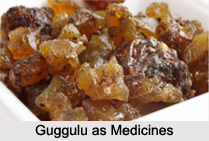 Guggulu or Indian bdellium is obtained by making incisions in the tree, through which the gum resin exudes. According to Sanskrit writers, new or recently exuded guggulu is moist, viscid, fragrant and of a golden colour. It burns in the fire, melts in the sun and forms a milky emulsion with hot water. Old guggulu is dry and without flavour or colour; it should not be used in medicine.
Guggulu or Indian bdellium is obtained by making incisions in the tree, through which the gum resin exudes. According to Sanskrit writers, new or recently exuded guggulu is moist, viscid, fragrant and of a golden colour. It burns in the fire, melts in the sun and forms a milky emulsion with hot water. Old guggulu is dry and without flavour or colour; it should not be used in medicine.
Health Benefits of Guggulu
Guggulu is said to be demulcent, aperient, alterative and a purifier of the blood. It is used in rheumatism, nervous diseases, scrofulous affections, urinary disorders and skin diseases. In rheumatism it is used in a great variety of forms.
Various Preparations of Guggulu as Medicines
•Yogaraja Guggulu: Yogaraja guggulu is a preparation given in rheumatic affections and other diseases supposed to be caused by deranged air, in unhealthy ulcerations, affections of the joints etc. To make this; take plumbago root, long pepper root, ajwain, seeds of Nigella sativa (kalajira), baberang seeds, seeds of Carum Roxburghianum (ajamoda), cumin seeds, Pinus Deodara (devadaru), Chavica oficinurum (chavya), cardamoms, rock salt, root of Aplotaxis auricilata (kushtha), root of Vanda Roxburghii (rasna), fruits of Tribulus terrestris (Gokshura), coriander, the three myrobalans, tubers of Cyperus rotundus (mustaka), long pepper, black pepper, ginger, cinnamon, root of Andropogon muricatus (usira), yavakshara (impure carbonate of potash), leaves of Pinus Webbiana (talisapatra) and tejapatra, one part each in fine powder, bdellium in quantity equal to all the above ingredients, rub them together with clarified butter and preserve the preparation in an earthen pot smeared with clarified butter. Dose should be from a half to one tola.
•Trayodasanga Guggulu: Another preparation called Trayodasanga Guggulu is similar in composition to the above. It is made with thirteen aromatic adjuncts, hence its name, and is recommended for use in rheumatism affecting the loins and the sacrum.
•Adityapaka Guggulu: In rheumatism affecting the joints and bones the following preparation called Adityapaka Guggulu is used. To prepare it, take the 3 myrobalans and long pepper each 8 tolas, cinnamon and cardamoms 4 tolas each; powder the ingredients finely and soak for 7 days in a decoction called "Dasamula". Then add 40 tolas of guggulu and beat together into a uniform mass. Dose should be half to one tola.
•Vatari Rasa: This preparation is used in paralysis and nervous diseases. To prepare it, take mercury one part, sulphur 2 parts, the 3 myrobalans, 3 parts in all, plumbago root 4 parts and pure guggulu 5 parts. Rub them together with castor oil for 12 hours and then add to the mass the compound powder called "Hingvastaka", in weight equal to all the above ingredients and again rub together for 12 hours. Dose should be about half a drachm.
•Kaisara Guggulu: This medicine is said to be useful in various skin diseases from deranged or vitiated blood. It is said to act as an alterative tonic and to improve the nutrition of the body. Take pure bdellium, gulancha and the 3 myrobalans, each 2 seers and water 96 seers. First boil the gulancha and the myrobalans in the water till the latter is reduced to one-half, and strain the decoction; to the strained fluid add the bdellium and boil in an iron vessel till the whole is reduced to the consistence of treacle. Now add to it the following substances in fine powder, namely, the 3 myrobalans, each 16 tolas, gulancha 8 tolas, ginger, long pepper and black pepper, each 6 tolas, baberang seeds 4 tolas, root of Baliospermum montanum (danti) and Ipomoea Turpethum (trivrit), each 2 tolas and beat them together into a uniform mass. Dose should be from a quarter to one tola, to be taken with a decoction of madder, tepid milk or water.
•Sadanga Guggulu: In affections of the eyes with pain, swelling and inflammation, (rheumatic ophthalmia) bdellium is recommended to be given with a decoction of the 3 myrobalans, root of Momordica dioica (patala), neem bark and the leaves of Adhatoda vasica (vasaka). A similar preparation is recommended for secondary syphilitic ulcerations.
•Amrita Guggulu: In unhealthy ulcerations, the following, called Amrita guggulu is recommended. To prepare, take gulancha, root of Momordica dioica (patala), the 3 myrobalans, long pepper, black pepper, ginger and baberang seeds in equal parts and guggulu in quantity equal to all the above ingredients and beat them together into a mass. Dose should be about a drachm every morning.
Related Articles
Ayurveda
History of Ayurveda
Origin of Ayurveda
Ayurveda Medication
Elements of Ayurveda
Concepts of Ayurveda
Ancient Literature of Ayurveda
Sushruta Samhita






